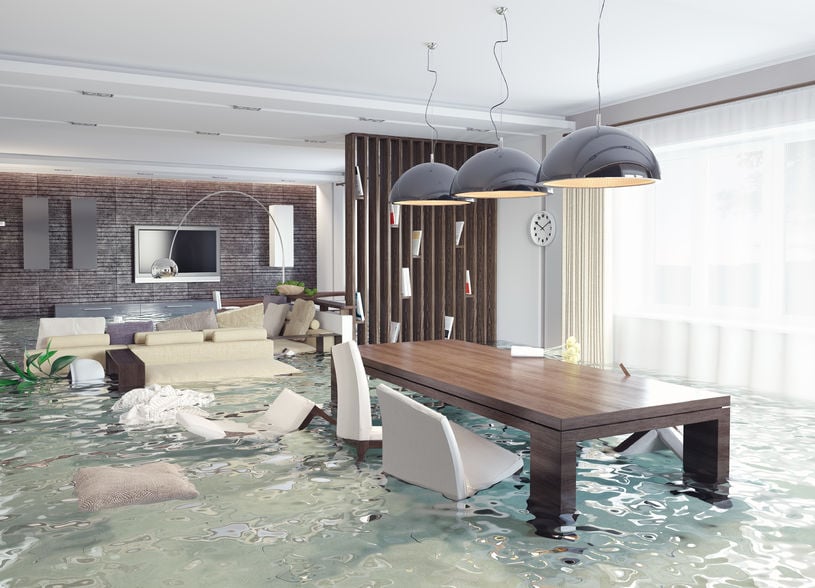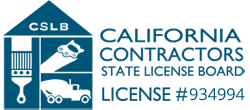
Water damage can be one of the most devastating events a property can experience. It can cause extensive damage to a home or business’s structure and create major health and safety risks. Water damage can result from various sources, including flooding, leaks, burst pipes, and overflows.
When water damage occurs, it is important to act quickly. The longer the affected area is left untouched, the more extensive the damage can become. Water can quickly seep into walls, flooring, insulation, and other materials, causing further damage and the growth of mold and mildew. In addition, standing water can attract pests and create a hazardous environment.
In today’s article, let’s explore what you need to prioritize to restore your water-damaged property successfully. Here’s what you need to know:
What to Keep in Mind
Assess the Damage
When assessing water damage, it is important to understand the different types of water damage that can occur. The most common type of water damage is from a broken pipe or another plumbing failure, such as a toilet overflow or a sewer backup. Other sources of water damage include flooding, roof leaks, and fire sprinklers.
Once the source of the water damage has been identified, it is essential to assess the extent of the damage. This includes assessing the area for structural damage, mold, and other potential health risks. It is also important to consider the potential for further damage if the water is not removed and dried quickly.
Connect with Your Insurance Company
Insurance companies cover various types of water damage, including flooding, burst pipes, and more. Depending on your coverage, your insurance company can help you pay for some or all of the costs associated with the damage.
It is essential to contact your insurance company as soon as possible after the damage occurs to ensure that your claim is processed quickly and efficiently.
When you contact your insurance company, make sure you have all the necessary information prepared. This includes details about the damage, including photos and any other evidence that can help support your claim. It’s also important to be prepared to provide information about the damage’s extent and any costs associated with repairs or replacements.
Clean and Disinfect Everything
The first step in cleaning and disinfecting is to remove any standing water. This can be done using a wet or dry vacuum or absorbent materials such as towels or mops.
Once the standing water is removed, the affected area should be thoroughly cleaned with mild detergent and warm water. Removing as much dirt and debris as possible is important to reduce the chance of mold or bacteria growth.
Once the affected area has been thoroughly cleaned, it is essential to disinfect it. This can be done by mixing one cup of bleach with one gallon of water. The mixture should be applied to the affected area and allowed to sit for at least 10 minutes. After the time has elapsed, the area should be rinsed with clean water and allowed to dry.
The Bottom Line
By following the necessary steps, such as assessing the damage, drying out the area, and repairing any damage, you can ensure that the job will be done correctly and that the area is safe for inhabitants. Utilizing the help of professionals and experts can also make the process easier and more efficient. Water damage restoration can be a stressful experience, but taking your time and following the proper procedures can go smoothly.
Restoration Masters is a local company offering water damage restoration for residential and commercial properties. You can count on us to get everything sorted properly. We’re located in Santa Monica, Torrance, Los Angeles, Orange, Riverside, and Ventura, California. Contact us today and let us know how we can help you.





